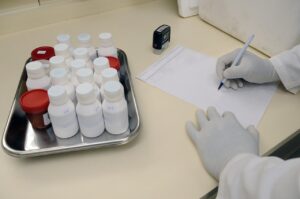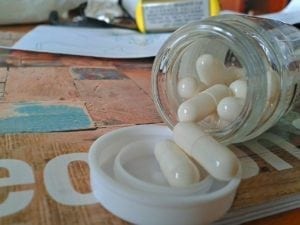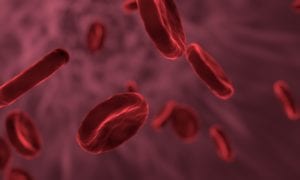Microscopic Polyangiitis (MPA)
What is microscopic polyangiitis (MPA)?
Microscopic polyangiitis (MPA) is a rare condition that is characterized by the inflammation of blood vessels known as vasculitis. Areas most commonly affected by MPA are the small blood vessels of the kidneys, lungs, skin, joints, and nervous system. This inflammation from MPA can lead to weakening and narrowing of the blood vessels, which then can lead to aneurysms, vessel rupture, and narrowing of the vessels. MPA can lead to organ dysfunction and failure.
MPA affects individuals of all age, race and gender equally. MPA is estimated to occur in 3 of 100,000 people.
What are the symptoms of MPA?
The symptoms of MPA are directly related to the areas of the body in which the blood vessels are affected. Symptoms of MPA include:
- Inflammation of the kidneys. This can result in decreased kidney function and kidney failure. Individuals with kidney failure or damage can experience fatigue, shortness of breath, swollen legs and bloody urine.
- Lung disease related to small vessel damage and dysfunction in the lungs. These individuals may have difficulty breathing, cough up blood, and have possible respiratory failure.
- Nerve damage can also occur with MPA and lead to muscle and joint pain as well as decrease mobility. These symptoms are due to lack of blood flow to the nerves.
- Skin rashes and lesions are seen when there is damage to the vessels supplying blood to the skin
- Other general symptoms seen with MPA include weight loss, fatigue, loss of appetite and fever
What causes MPA?
The cause of MPA is unknown. Current research suggests it is due to a disorder within the immune system.
Are there treatment options available for MPA?
Treatment of MPA is directed towards the suppression of the overactive immune system and the prevention or halting of organ damage. Treatment currently includes the administration of immunosuppressive medications and steroids. In some cases, treatment can lead to remission of the disease.
Where can I find more information about MPA?
Microscopic Polyangiitis (MPA) Articles

Study Determined Symptom Prevalence Amongst Subtypes of AAVs

TAVNEOS Approved in Japan for ANCA-Associated Vasculitis

Rituximab for ANCA-Associated Vasculitis: An Overview of Clinical Trials

Managing Antineutrophil Cytoplasmic Antibody (ANCA) Vasculitis


Changes to ANCA Vasculitis Autoantibodies Can Predict Relapse and Remission

Avacopan Better than Prednisone for Patients with AAV, Study Shares





